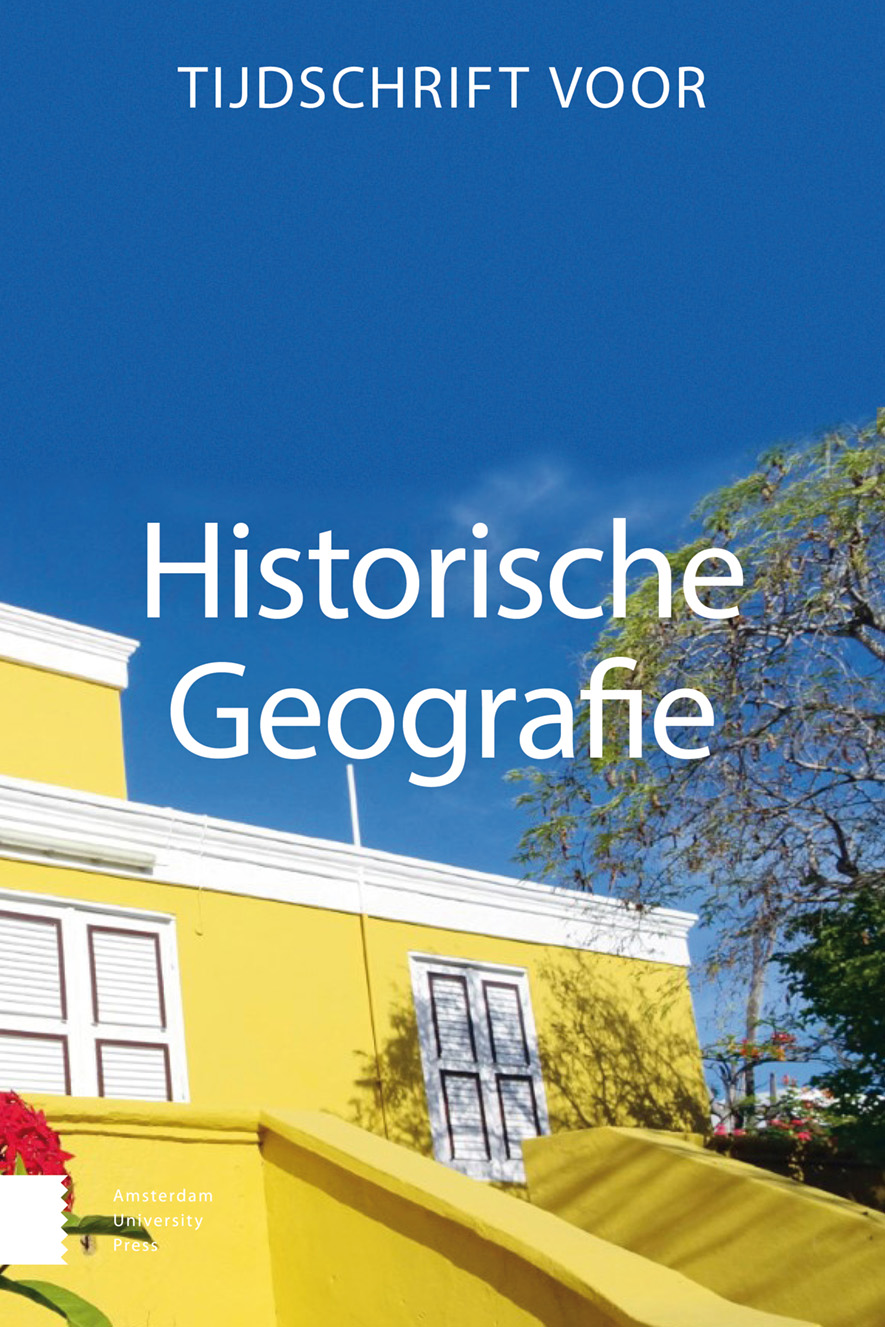-
oa Er was eens een natuurpark in Kaatsheuvel
Over verschillende natuuropvattingen en hun invloed op het landschap van de Efteling
- Amsterdam University Press
- Source: Tijdschrift voor Historische Geografie, Volume 8, Issue 1, mrt. 2023, p. 3 - 18
-
- 01 mrt. 2023
Samenvatting
Once upon a time there was a nature park in Kaatsheuvel
About different perceptions of nature and their influence on the landscape of the Efteling
The Efteling is Netherland’s best known theme park, but what few people know is that it was originally a nature park. Up to this day the ‘Efteling Nature Park Foundation’ is still at the head of the organisation. As the Efteling has recently started to actively promote its identity as a nature park again, this raises the question what defines a nature park and how this has taken shape in the Efteling. This article elaborates on the perception of nature of the Efteling’s three founders: Anton Pieck, Peter Reijnders and Reinier van der Heijden, and how their perception has influenced the development of the Efteling as a landscape. In this article I distinguish three types of nature: indigenous nature, cultivated nature and artificial nature. I examine how they, consciously or unconsciously, have been applied in the Efteling’s scenery. Defining what nature is, is essential for the future development of the theme park as a landscape.


